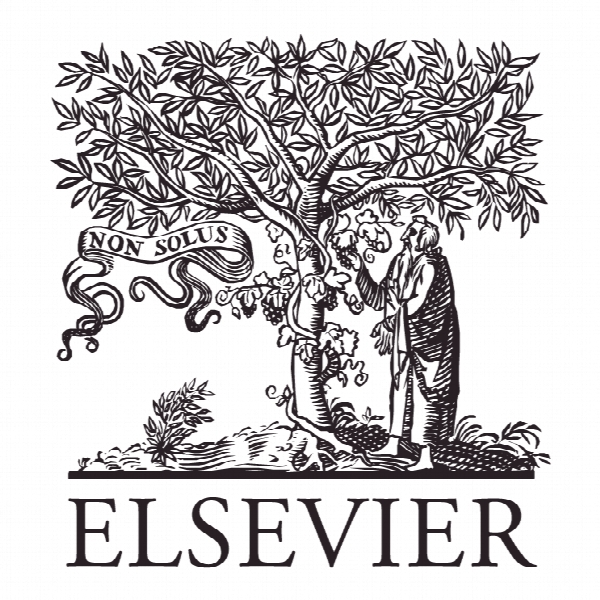تشخیص چهره سریع بر اساس نظریه فراکتال Fast face recognition based on fractal theory
- نوع فایل : کتاب
- زبان : انگلیسی
- ناشر : Elsevier
- چاپ و سال / کشور: 2018
توضیحات
رشته های مرتبط مهندسی کامپیوتر
گرایش های مرتبط هوش مصنوعی
مجله ریاضیات و محاسبات کاربردی – Applied Mathematics and Computation
دانشگاه School of Mechatronic Engineering and Automation
منتشر شده در نشریه الزویر
کلمات کلیدی تشخیص چهره، نظریه فراکتال، کد فراکتال
گرایش های مرتبط هوش مصنوعی
مجله ریاضیات و محاسبات کاربردی – Applied Mathematics and Computation
دانشگاه School of Mechatronic Engineering and Automation
منتشر شده در نشریه الزویر
کلمات کلیدی تشخیص چهره، نظریه فراکتال، کد فراکتال
Description
1. Introduction Recently, a large number of biological features have been are applied to identity recognition, such as iris recognition, fingerprint recognition, gait recognition and face recognition. These biological features are easy to use, to distinguish and difficult to forge. Compared with other methods, non touching and aggression are the biggest advantages and features of face recognition. As a hot topic, more and more attention has been focused on the face recognition. Face recognition is considered to have broad application prospects in video surveillance, access control system, criminal investigation and other fields [1–7]. General face recognition methods can be broadly divided into two categories of local and global approaches [8]. The task of those local methods is to extract different local features. For another, global approaches process the entire image and make a general template for the face [8]. It should be noted that some deep learning methods such as Convolution Neural Network (CNN) and tensor face also achieve good results. Global approaches usually adopt a projection technique to manipulate the image as a whole and create a general template for each face pattern. The main work is to find the best template which can describe the test object. Eigenface and Fisherface are the most famous methods in this category. In the eigenface, Principle Component Analysis (PCA) is proposed and can reduce the dimension effectively. It projects images into a low-dimension space and seeks a linear transformation matrix that maximizes the data variance in the projection subspace [9]. Another linear projection is insensitive to variation in lighting direction and facial expression which is implemented by Fisher’s Linear Discriminant Analysis (LDA). LDA is a supervised scheme that aims at minimizing the within-class variances as well as maximizing the between-class distances in the projection subspace [9].


